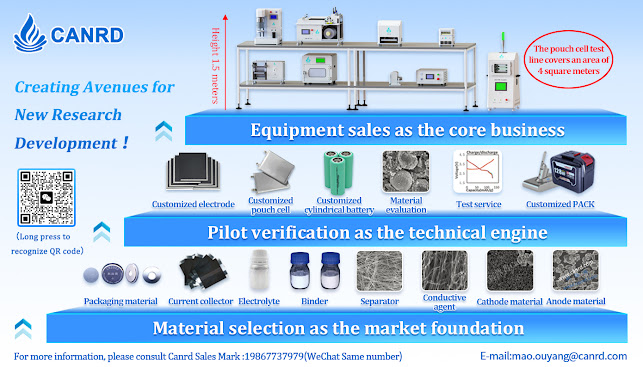This article introduces the role of lithium battery electrolyte in detail. The electrolyte not only plays a key role in conducting ions to complete the charging and discharging process in the battery, but also has important significance in maintaining the stable performance of the battery, preventing plate corrosion, dissipating heat, controlling temperature, improving energy and power density, providing high voltage and high specific energy, protecting battery safety, and adapting to wide temperature applications. By understanding the role of the electrolyte, it provides a reference for better design and optimization of lithium batteries and improving their performance and safety.









